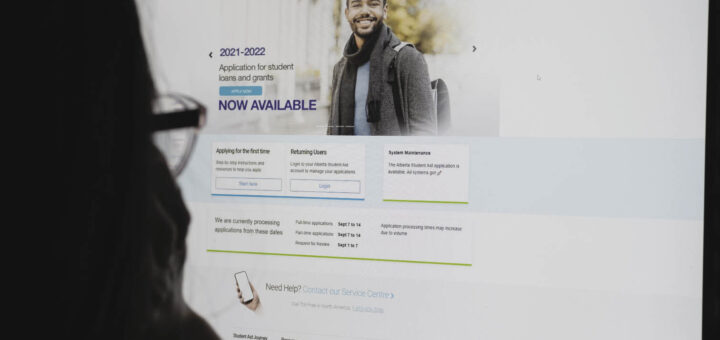New efforts in fighting rising tuition prices; Protest & Petitions

By Katia Maria Gallardo, Contributor
The Alberta Coalition for Affordable Tuition (ACAT), an organization of students united against the mounting tuition fees of Alberta post-secondary schools, are calling for action to oppose the rising costs. Their event, Alberta Student Day of Action, consists of a peaceful rally on Oct. 29 at 12 p.m. at Mount Royal University’s (MRU) East Gate Lawn and a petition for the reinstatement of the tuition freezes that were in effect in 2020.
Aside from the protest at MRU, ACAT is simultaneously hosting a protest at the University of Calgary (U of C). Similarly, a petition was also set up for U of C to lower the tuition rates.
“The end goal of our province-wide rally on Oct. 29 is to send a strong message to the university and provincial government that we are tired of these hikes and deserve better,” said Teri Lewis, one of the organizers of the MRU branch of ACAT and a fourth year student of the university’s health and physical education program.
Alberta Student Day of Action will allow students to be educated on how the increase in tuition and other financial worries are going to affect them in the next coming years. The provincial government has cut nearly $690 million from post-secondary spending, totalling up to three years’ worth. These cuts have had devastating effects on students who are applying for loans, as the interest rates have drastically risen.
Financial aid programs and opportunities for student employment have all been affected by the provincial government’s decision to cancel the province wide tuition freeze.
The freeze itself lasted five consecutive years but the government allowed universities to increase their fees by seven per cent a year for the next three years.
In a document listing commonly-asked questions about this year’s MRU tuition fees, it stated that “MRU needs to increase tuition and fees to meet changing demands, to continue to offer the quality programs and services students rely on to support their success and to better account for the costs of program and service delivery.”
The changes to fees would include an average of a seven per cent increase to domestic tuition, ranging from six to ten per cent depending on the demand and cost of the program.
Tuition for the Bachelor of Business Administration, Bachelor of Computer Information Systems and the Bachelor of Nursing were all raised by ten per cent from $558 to $614 per year.
The Bachelor of Interior Design and Bachelor of Communications, specifically Broadcast Media Studies, also increased their tuition by nearly six per cent, raising it from $611 to $647.
All other program tuition fees were also raised by nearly six per cent from $558 to $591.
The international student tuition was also raised by 2.4 per cent.
Mandatory non-instructional fees for things like MRU Recreation, Health Services and Student Learning Services also went up from $259 to $331 per semester.
MRU believes that the increase in tuition fees would generate around $4.3 million for the school with $1 million going to bursaries.
The COVID-19 pandemic had put universities across the country in a precarious situation. An email in late February this year from MRU stated that they’re struggling financially amidst the provincial budget cuts and the pandemic. The 2021 fall semester would come with a raise in tuition.
According to a research report by ITHAKA, a non-profit organization promoting digital technologies to help the academic community, dependency on tuition revenue affects how post-secondary institutions purchase their resources for students, faculty and staff. This can range from textbooks, computer and lab equipment, salaries for the faculty and staff, as well as the financial aid services. With less government funding, the purchasing of these necessities becomes an increasingly difficult task.
As well, the increase of tuition can affect how future students come to find a place at a post-secondary institution. Higher price rates for post-secondary education leaves future students with a less than desirable option: they can instead choose to enroll in a different public institution and pay less for their studies but perhaps reduce their quality of education. If enrollment at universities decreases, so does the tuition revenue. A vicious cycle that can only be corrected by government funding and grants.
However, even with the tuition increase, according to MRU, the enrollment rate actually went up. The rate from the 2019-20 school year to the 2020-21 school year increased by 5.3 per cent.



